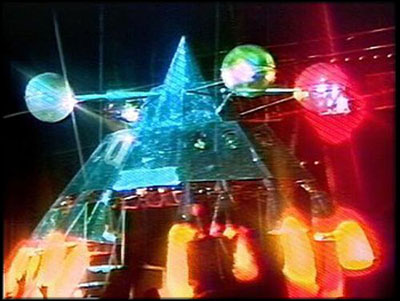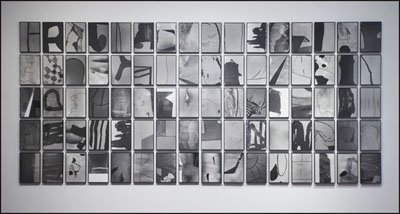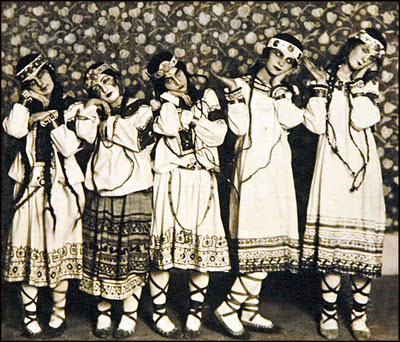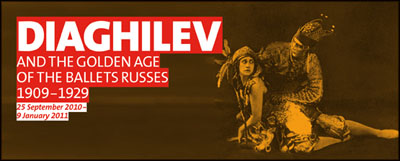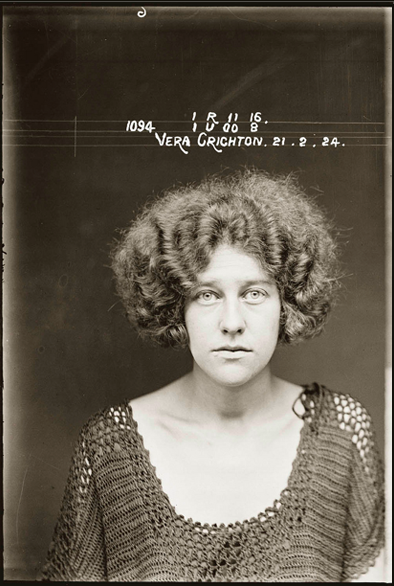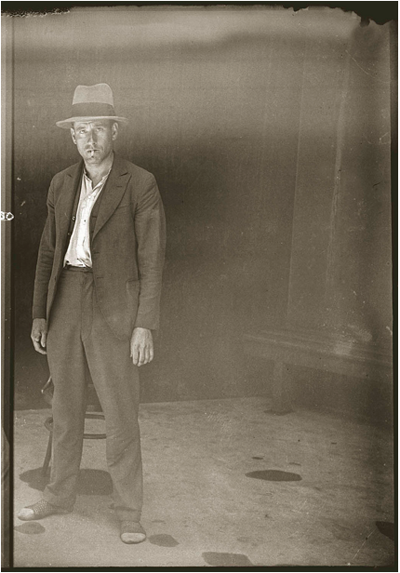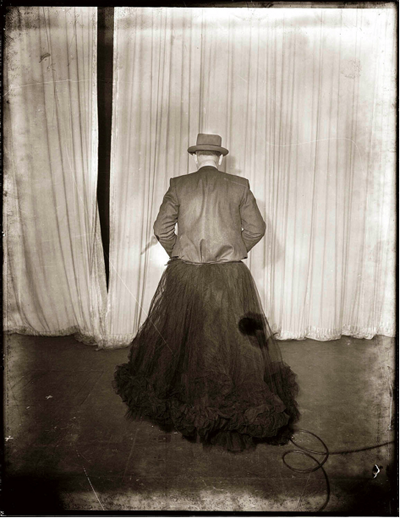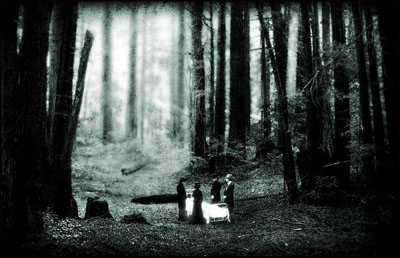
A glimpse of the Helpless Corpses Enactment film shoot. Photo by Meredith Yayanos and Gooby Herms.
Click here to download a free Coilhouse Magazine PDF: Lives Transformed Through the Power of Confusing Music: Nils Frykdahl on Art and Kinship.
With solemnity, gratitude and a touch of sorrow, Coilhouse must acknowledge that Sleepytime Gorilla Museum, the most gloriously unclassifiable American band currently in existence, is about to call it quits. After a dozen relentless years of composing, recording, touring and performing some truly jaw-dropping music, the Oakland-based vanguards will play four final shows later this week in California: one in San Diego on April 7th, one in Los Angeles on April 8th, and two in San Francisco, both on April 10th (the evening show sold out, so they added a matinee).
Throughout the late nineties and all of the aughts, the legendary DIY road warriors of SGM crisscrossed the continental United States two, sometimes three times a year (and later on, toured Europe). Arriving at venues like a cheerful doomsday circus in their beautifully renovated vintage Green Tortoise bus, the curators entertained audiences with everything from puppet shows to Butoh dance to passionate readings of Italian Futurist manifestos. Flustered reviewers and reluctant converts, determined to pigeonhole SGM, labeled the avant-garde act as everything from neo-RIO (Rock in Opposition) to avant-prog metal, to grindcore funk theater, to, in the words of one concertgoer, “Satanic Anarchic Viking Shit”. But none of these descriptors come anywhere near encapsulating the band’s eclectic sound, style, or ethos. Not even close.

SGM on tour, 2009. Photo by Olivia Oyama.
The quintet has penned lyrics inspired by the Unabomber, James Joyce, madness, stroke-stricken baby doctors, love, death, cockroaches, and the end of the world. They have employed strange, esoteric contraptions from various folk traditions as well as several homemade instruments, such as the Viking Row-Boat, the Wiggler, the Spring-Nail Guitar, and a brutal, seven feet long piano-stringed bass behemoth called The Log. They have developed stage shows with stark lighting and elaborate costumes, sporting tooth black and spiked leather gauntlets and bonnets and bihawks and military khaki and antique lace nighties. They have sung lilting post-modern folk melodies. They have delivered face-melting blasts of pure, untrammeled metal.
They have rocked harder, more intelligently, and with more unabashed strangeness than anyone else around.
They will go down in legend.
Take comfort in knowing that these final shows won’t be the very last we’ll hear/see of them–the band has a comprehensive live DVD compilation in the works, as well as short film called The Last Human Being, and a final album. (We’ll be sure to announce all of those here when they’re released.)

Photo of Nils Frykdahl by Mikel Pickett.
In honor of the band, and to give our readers another peek at the variety of stuff we cover in the print magazine, Coilhouse is offering this free PDF download of our interview with Nils Frykdahl of Sleepytime Gorilla Museum (as well as Idiot Flesh, Faun Fables, and several other acts) printed in Issue Three, summer of 2009.
Frykdahl is a fascinating artist with a lot of delight and wisdom to share. That goes for all of the curators of SGM, truly. (Nils, Dan, Carla, Matthias, Michael, Shinichi, Frank, Moe! et al: Thank you. Thank you. Thank you. Lots of love, and best of luck with all of your future endeavors.)
Click here to download a free Coilhouse Magazine PDF: Lives Transformed Through the Power of Confusing Music: Nils Frykdahl on Art and Kinship.
